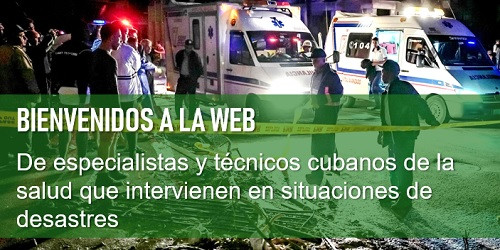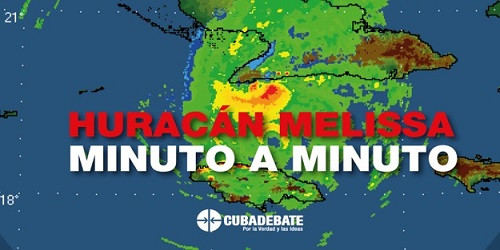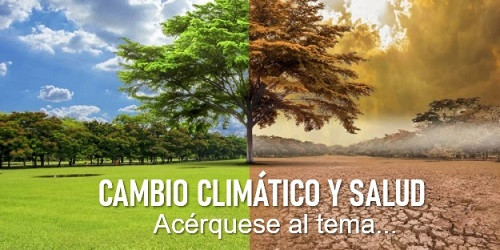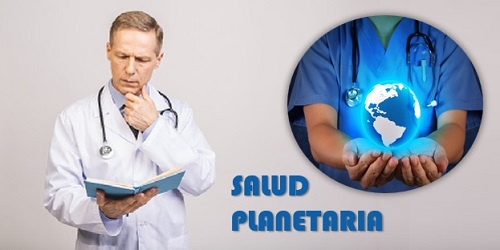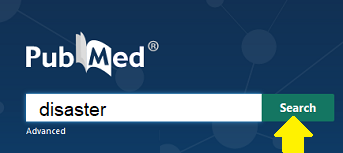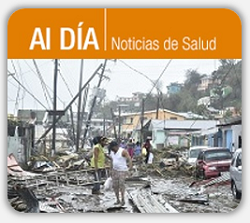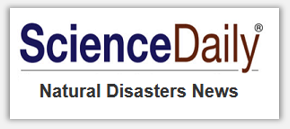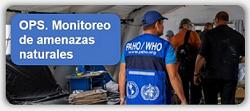Drought Risk Reduction framework and practices. UNISDR 2009.
Drought Risk Reduction framework and practices (Article)
Drought Risk Reduction framework and practices (Document)
Drought is a slow-onset natural hazard that allows for the implementation of disaster risk reduction measures as requested by the Hyogo Framework for Action. In order for planners and the public to implement effective mitigation and preparedness measures to reduce drought impacts, they have to understand its evolution, complexity, social implications and people’s vulnerability. To this end, wide-ranging and well-coordinated efforts at international, regional, and national levels are needed to build drought-resilient communities and societies.
Drought is a natural part of climate, although it may be erroneously considered as a rare and random event. It occurs in virtually all climatic zones, but its characteristics vary significantly from one region to another. Drought is a temporary aberration; it differs from aridity, which is restricted to low rainfall regions.
Drought is categorized as a hydro-meteorological hazard. According to the UNISDR Terminology on Disaster Risk Reduction 2009, “hazard” is defined as “a dangerous phenomenon, substance, human activity or condition that may cause loss of life, injury or other health impacts, property damage, loss of livelihoods and services, social and economic disruption, or environmental damage”. In technical settings, hazards are often described quantitatively by the likely frequency of occurrence of different intensities for different areas, as determined from historical data or scientific analysis.
dic 6th, 2010. En: Noticias. ![]()
